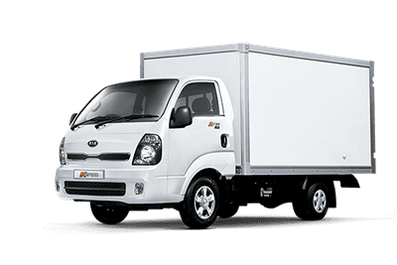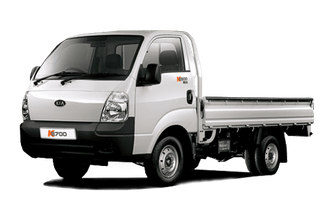
KIA Truck PDF Manuals
Kia Light Trucks Features
Above on the page there're some Service PDF Manuals & Electrical Wiring Diagrams for KIA Light Trucks.
In addition to the familiar passenger cars, the Korean company Kia Motors also produces commercial vehicles.
The most widely used light-duty trucks with a payload capacity of up to 1 ton Kia Bongo, export modifications of which are designated as Kia K-Series: K2400, K2500, K2700, K3000, K3600 (numbers indicate the rounded engine capacity in cubic centimeters).
In addition, Kia Bongo trucks were delivered to some countries under the name Kia Frontier.
The first generation of Korean Kia Bongo trucks appeared in 1980.
Early Bongos can be identified by their round headlights. although such cars are rare - already in 1981, trucks were equipped with rectangular optics.
First generation trucks often had the "Kiamaster" logo, not just "Kia".
Initially, the Kia Bongo was equipped with a 70-horsepower 2.2-liter S2 engine, and in 1985 a modification appeared with a 1.4-liter UC engine.
Versions with an 80-horsepower 2.4-liter SF diesel unit, produced since 1987, were called Kia Power Bongo.
In January 1989, the production of the second generation of Kia Bongo trucks began.
In the domestic market, they were sold under the name Bongo Wide, and the export versions were simply designated Bongo.
The minivan produced on the basis of the second generation Kia Bongo was called Kia Besta.
Subsequently, they began to designate cargo vans created on the same platform.
In 1992, a new 2.7-liter engine expanded the engine range, and a facelift carried out in 1995 led to the appearance of the Kia Bongo J2.
Since that time, Kia Bongo with engines of 2.4 and 2.7 liters began to be exported as Kia K2400 and K2700.
The production of the third generation of Kia Bongo commercial vehicles began in April 1997.
New truck models were called Bongo Frontier, and vans built on the same platform were called Kia Pregio.
All third-generation Kia Bongos used either the 2.7-liter 80-hp JS engine or the 3.0-liter JT with 90 hp.
Trucks built after 2000 feature new headlights and a new grille.
The need to release a new generation of Kia Bongo truck is largely due to the tightening of environmental standards.
The new trucks are produced under the designation Kia Bongo 3 and have environmentally friendly diesel engines equipped with a common rail system.
After 2012, Kia Bongo III light trucks are equipped with D4CB engines that comply with Euro 5 emission standards.
Three-point seat belts and optional airbags are responsible for the safety of the driver and passengers.


